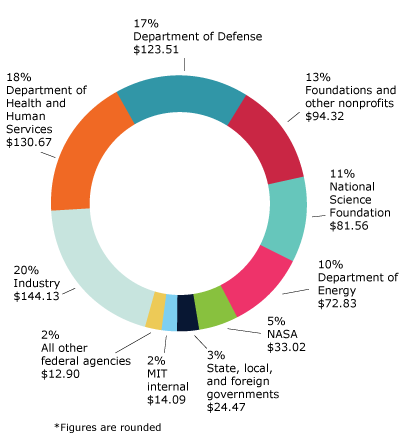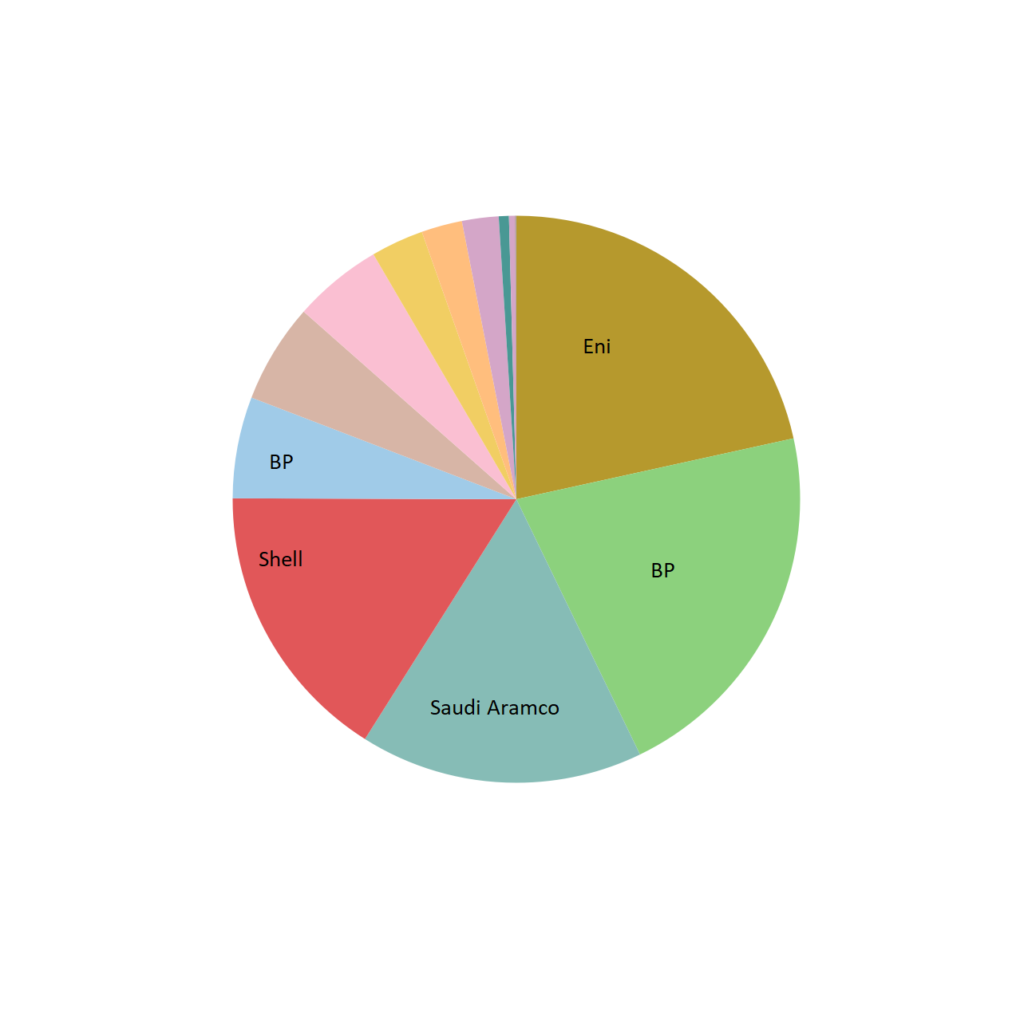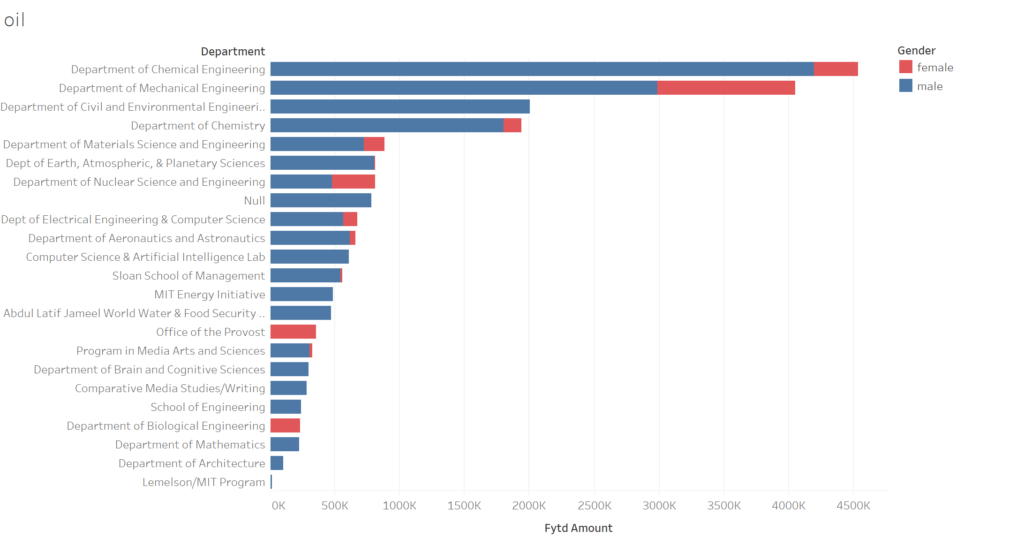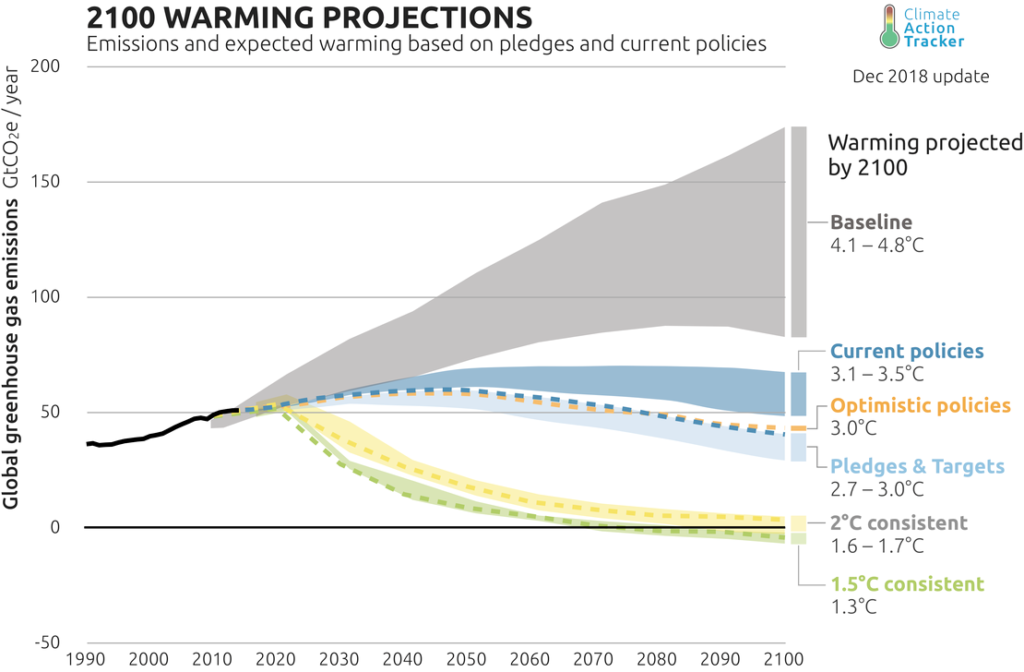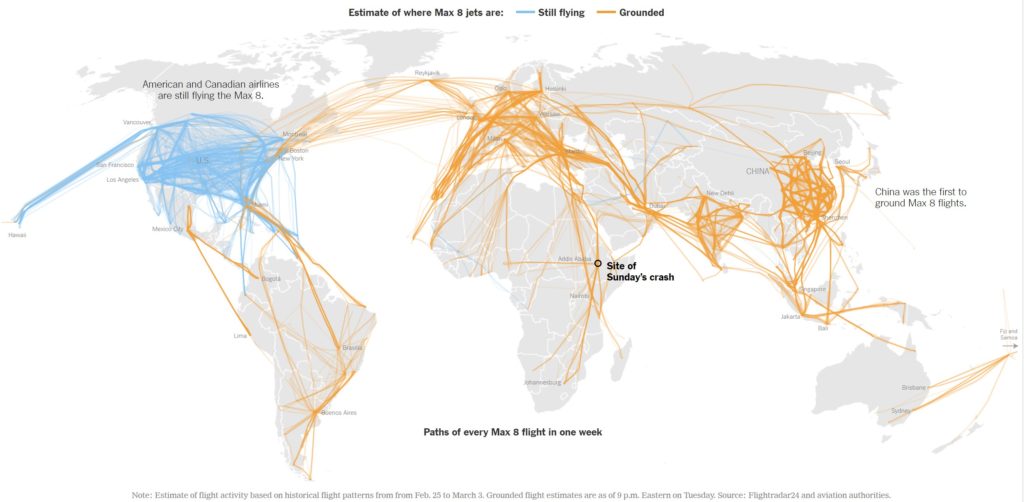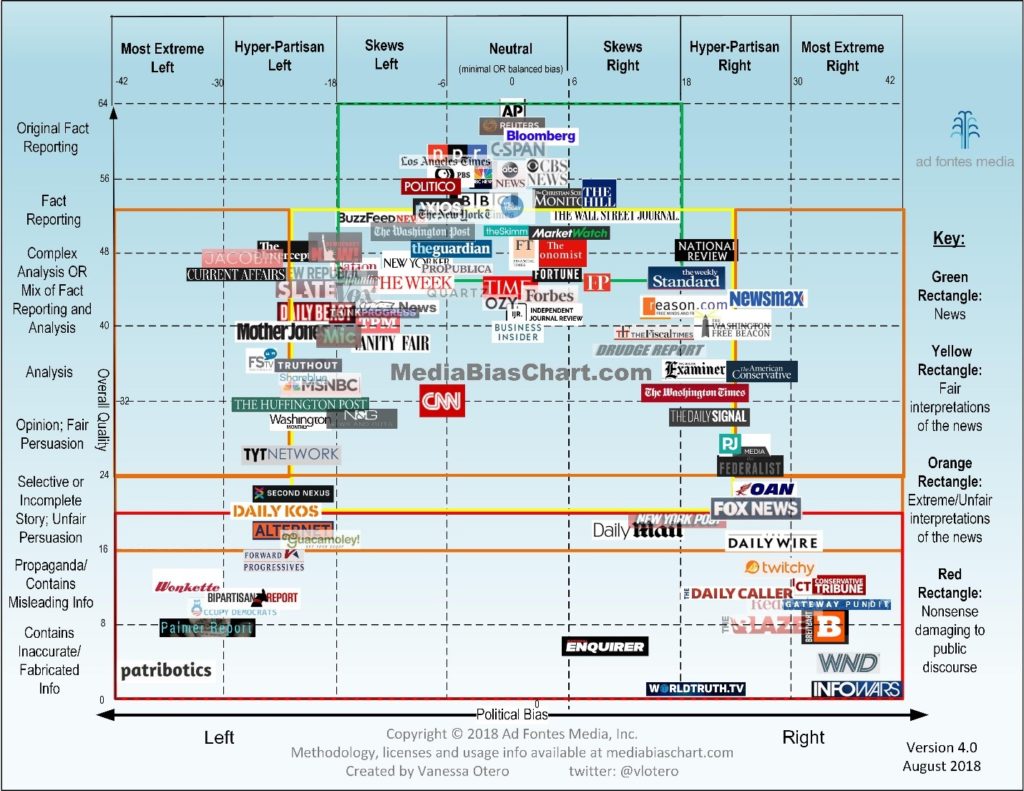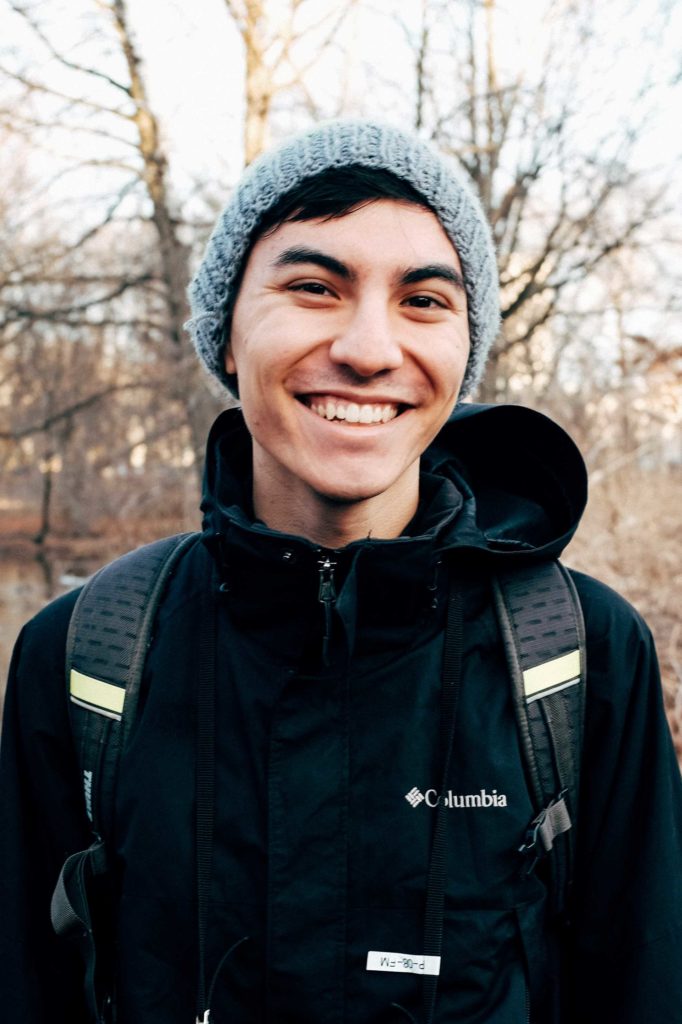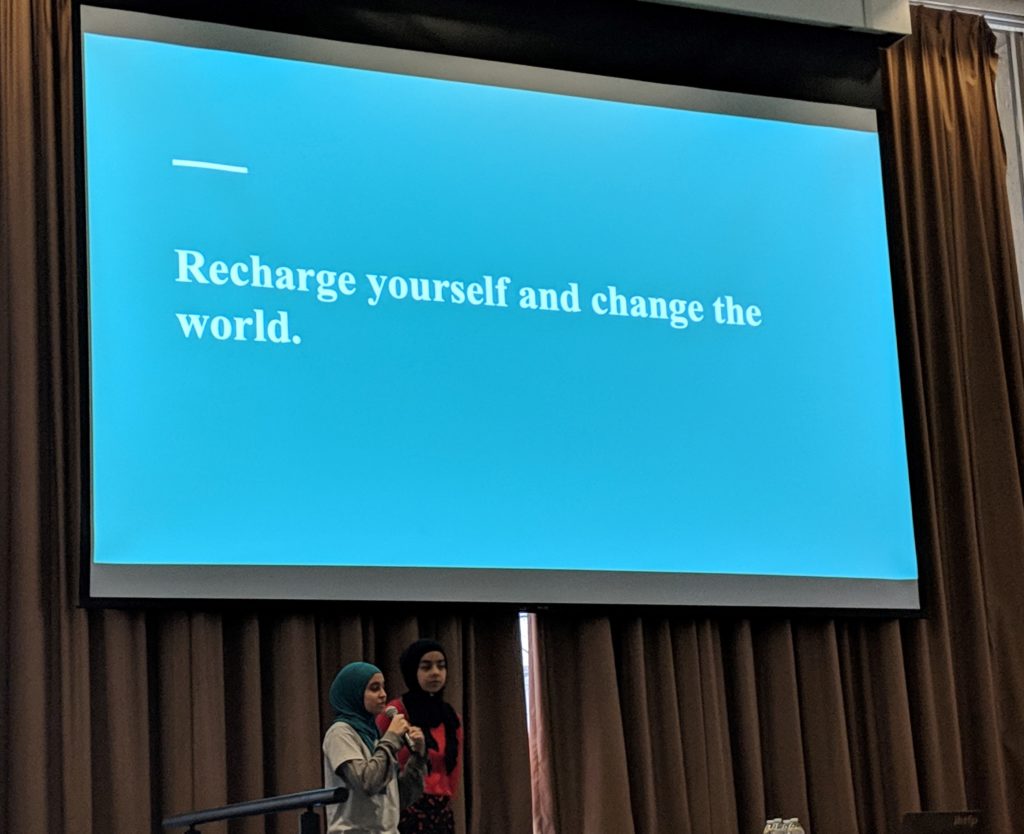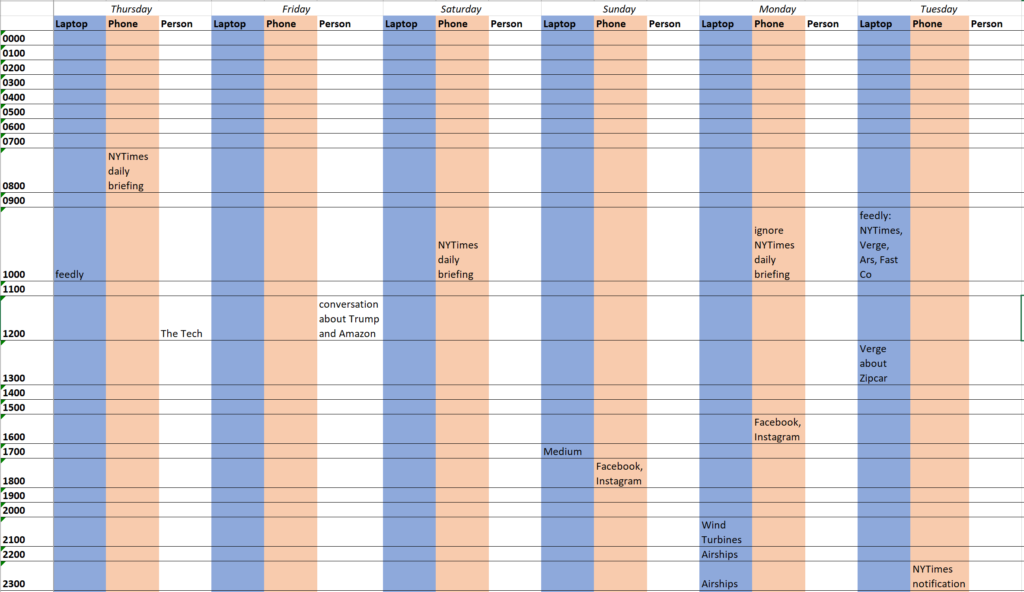I made a story about clean meat on Graph Commons that you can check out here. It’s a bit light as an explainer piece as it took me a while to find a decent, online graph maker.
Graph Commons is a relatively intuitive tool to use. While I was excited about the speed at which I could build the graph, I quickly noticed difficulties between what I envisioned and what this tool offered.
- It’s difficult to create clustering based on your choice of features e.g. food product or investors
- Nodes have categories, the highest level of grouping, and properties which can provide additional information. You can’t color nodes based on their property.
- Their story feature is shaped around slides and zooming in on sections of the graph. You can’t have a story where the graph is built (through animation) alongside a main body of text. A good example of this would be fold.cm where the media supports the text.
Still, Graph Commons may be a good tool to draft a graph and export the data to a more customizable tool.
On the general idea of incorporating graphs into storytelling, it’s much more feasible to have it manually authored rather than computer generated. Although the most useful form of the tool might be a browser extension that generates a graph as you read an article, that’s difficult. Automatically generating graph networks based on text is an ongoing (read: unsolved) research field for knowledge representations in artificial intelligence. On the hand, having the author create the graph and its animation alongside the article is a natural extension of curating a story into an article, creating a graphical structure alongside a textual one. The trade-off is that requires more work on the author’s part. This additional work may be offset if the author considers it a valuable tool to use while they’re crafting the story.

